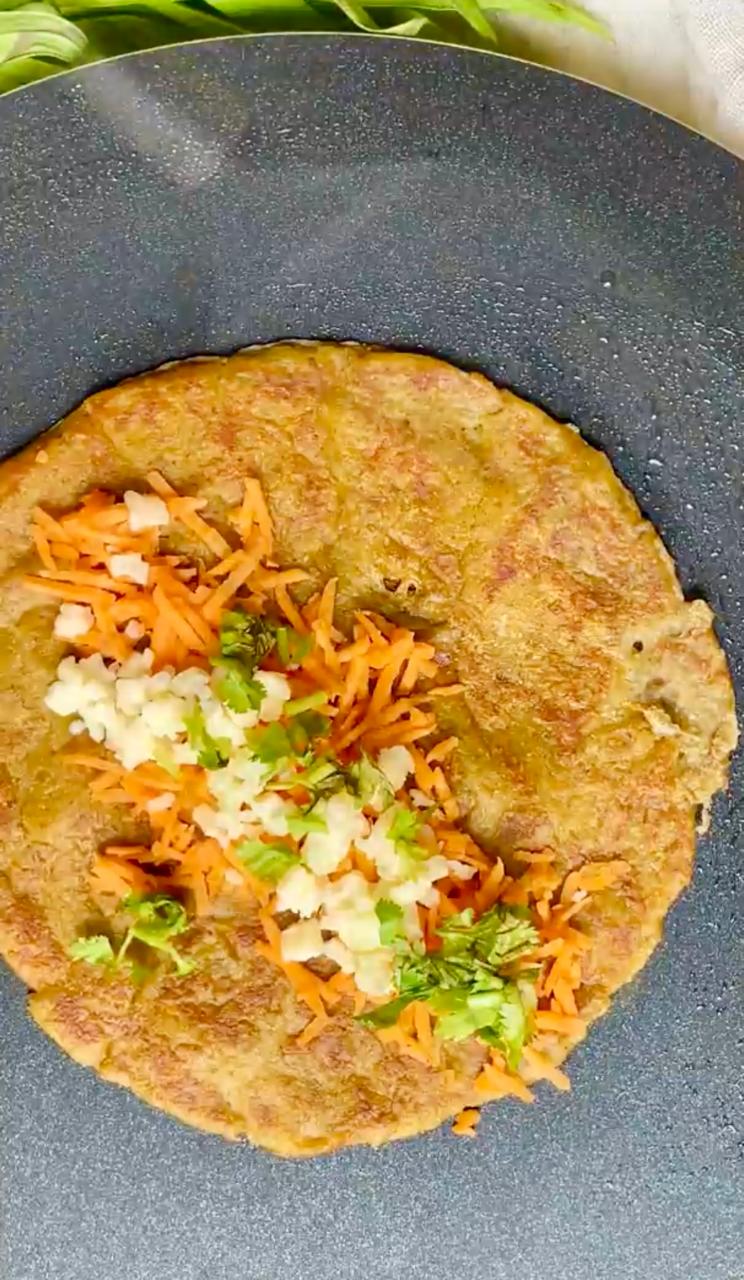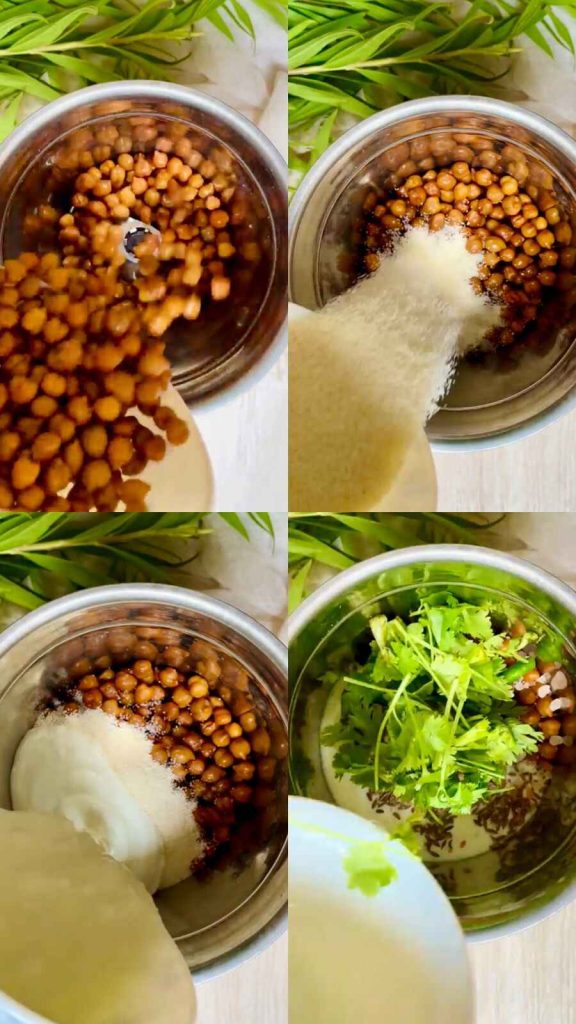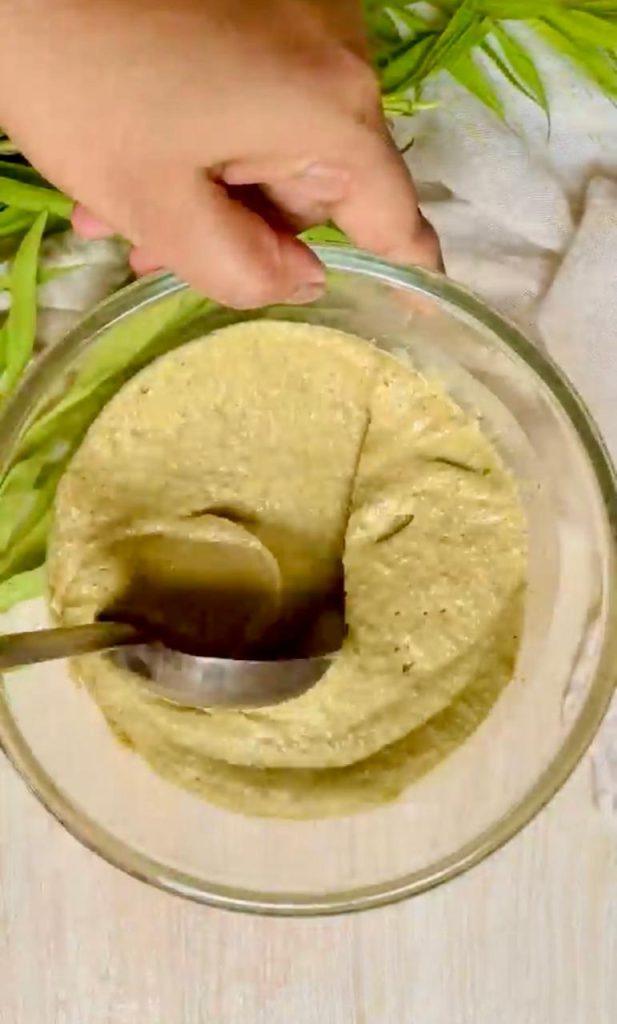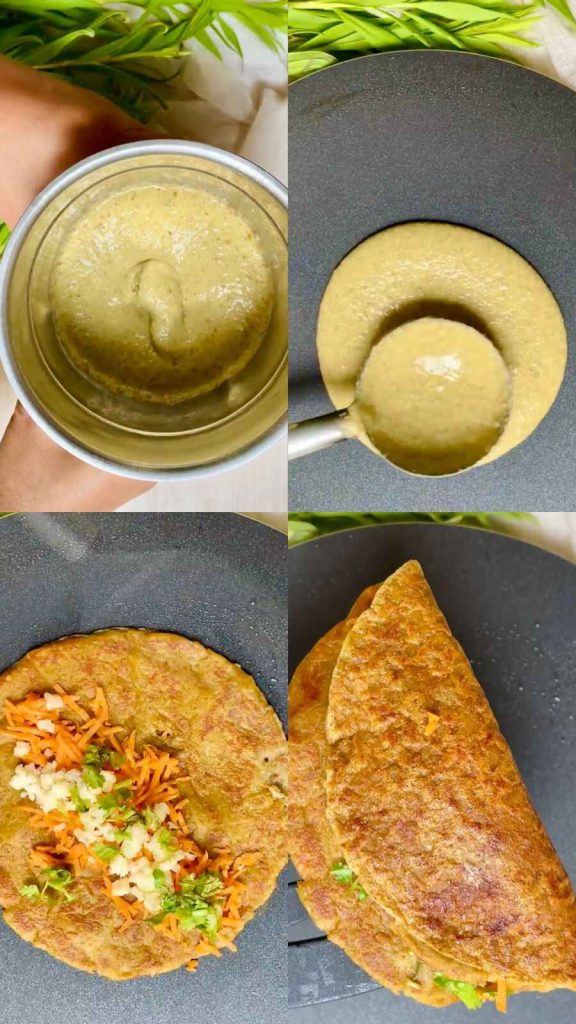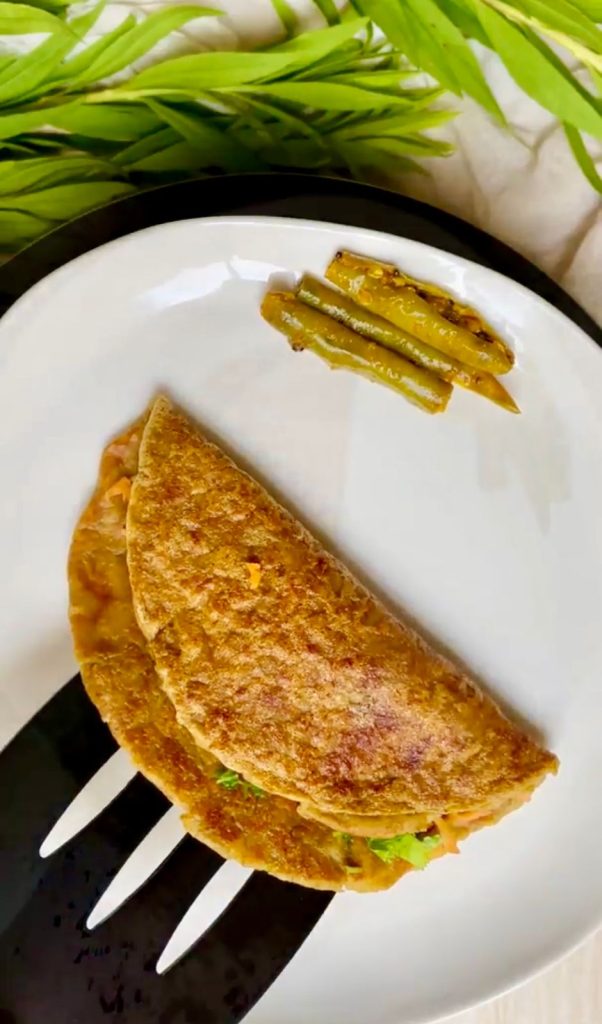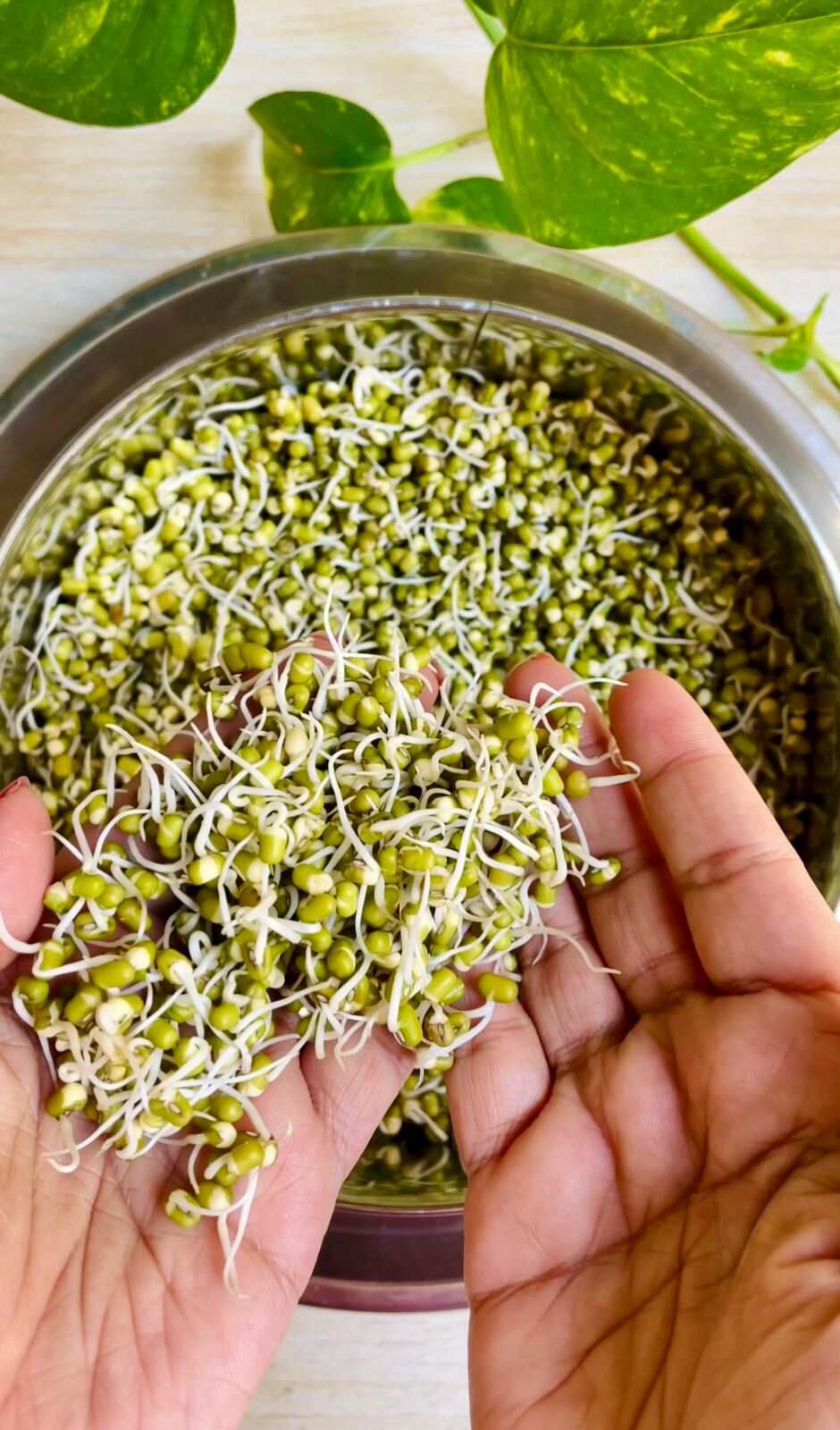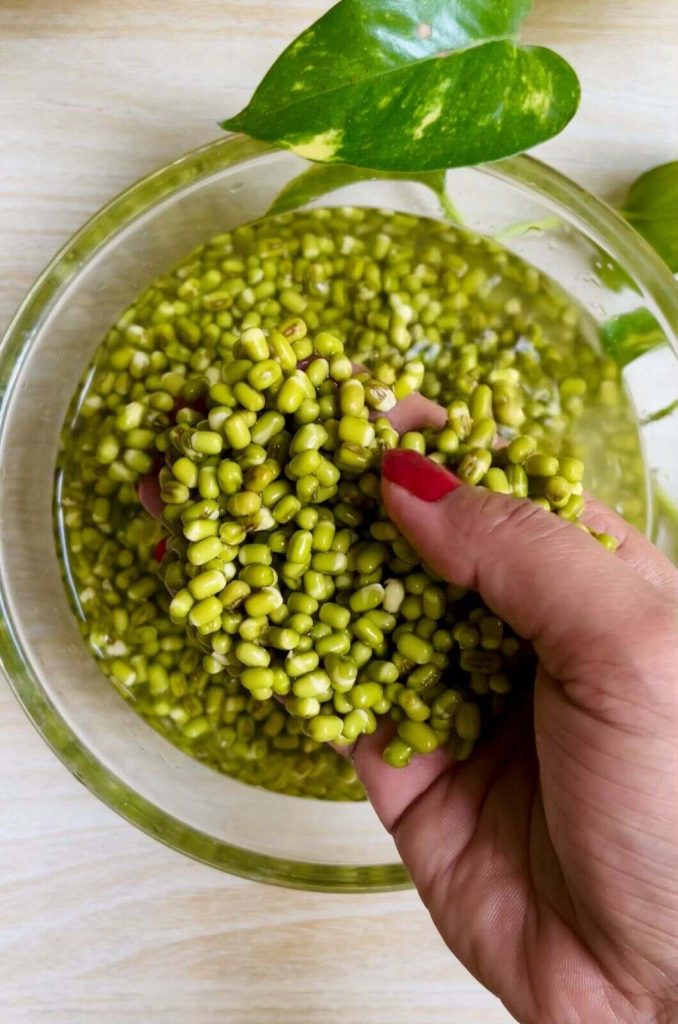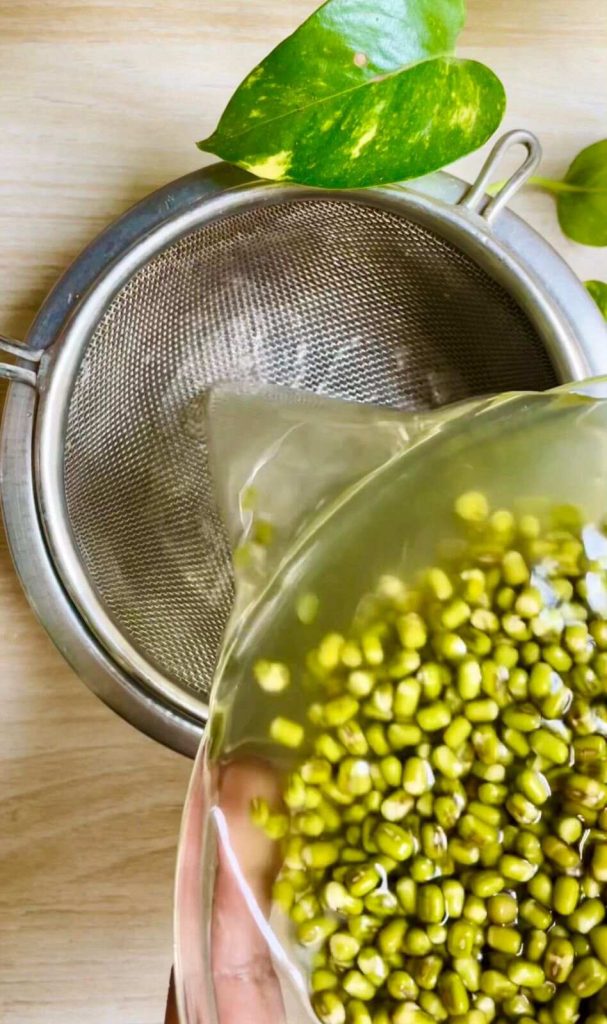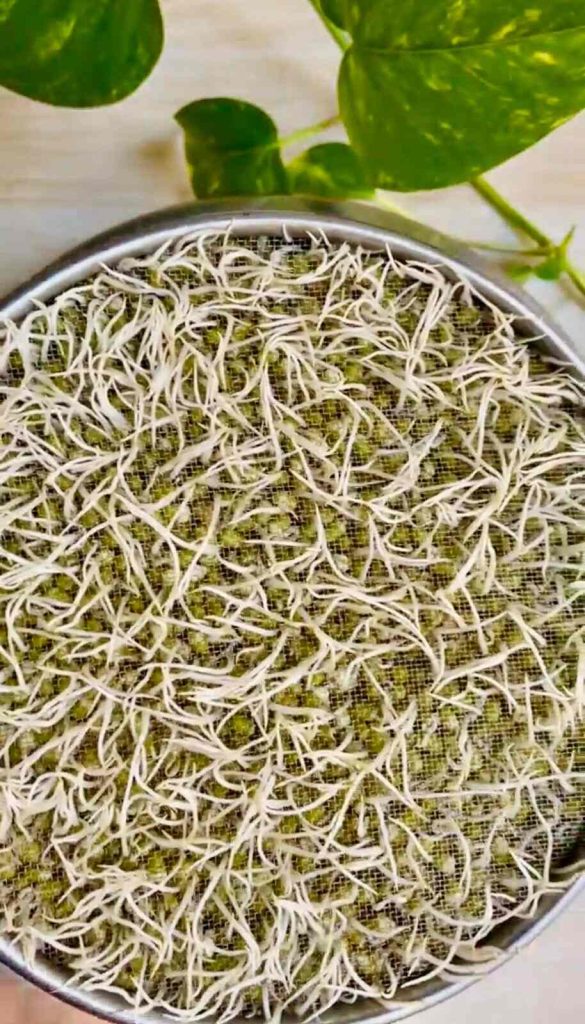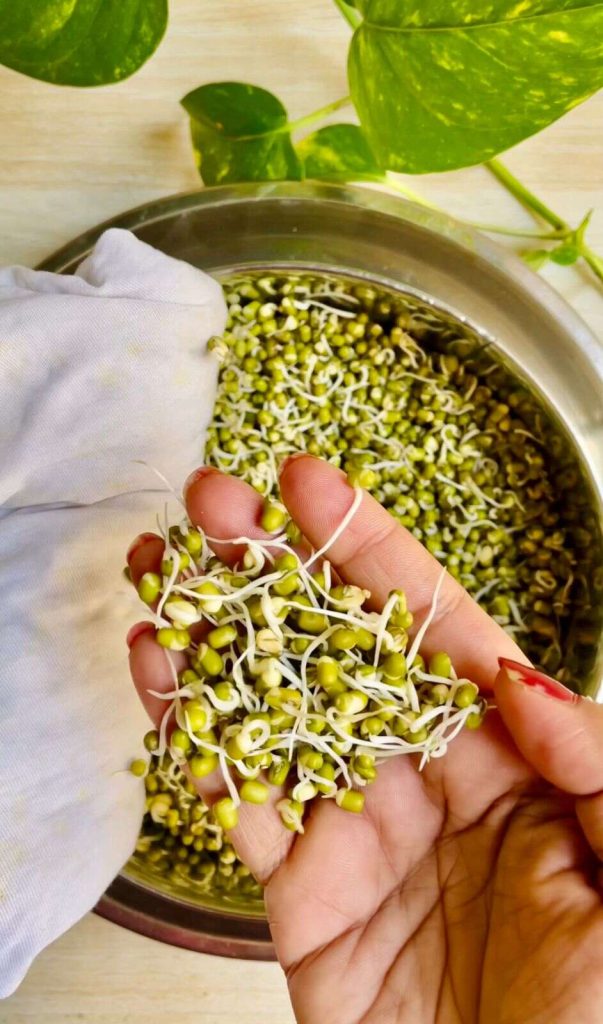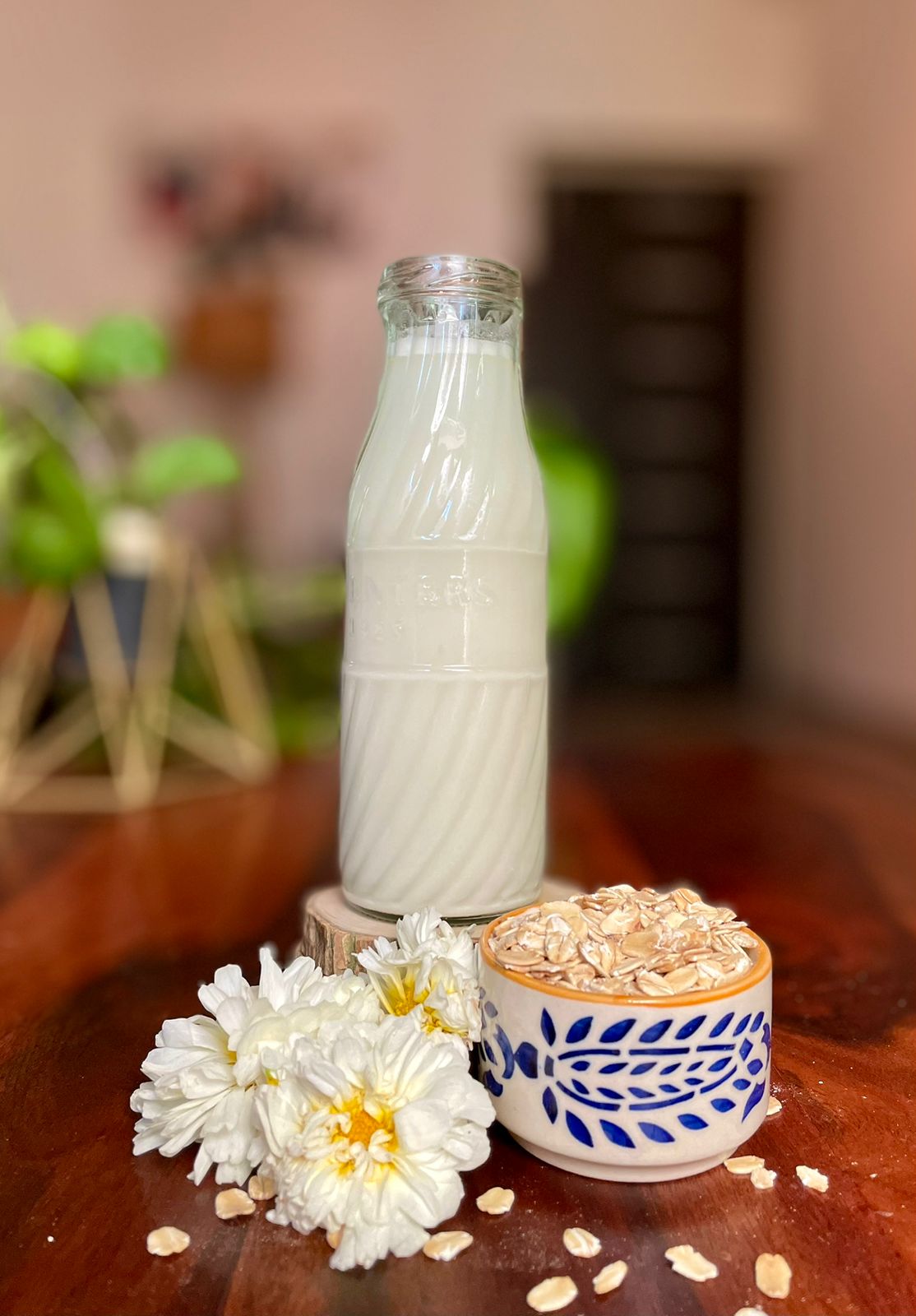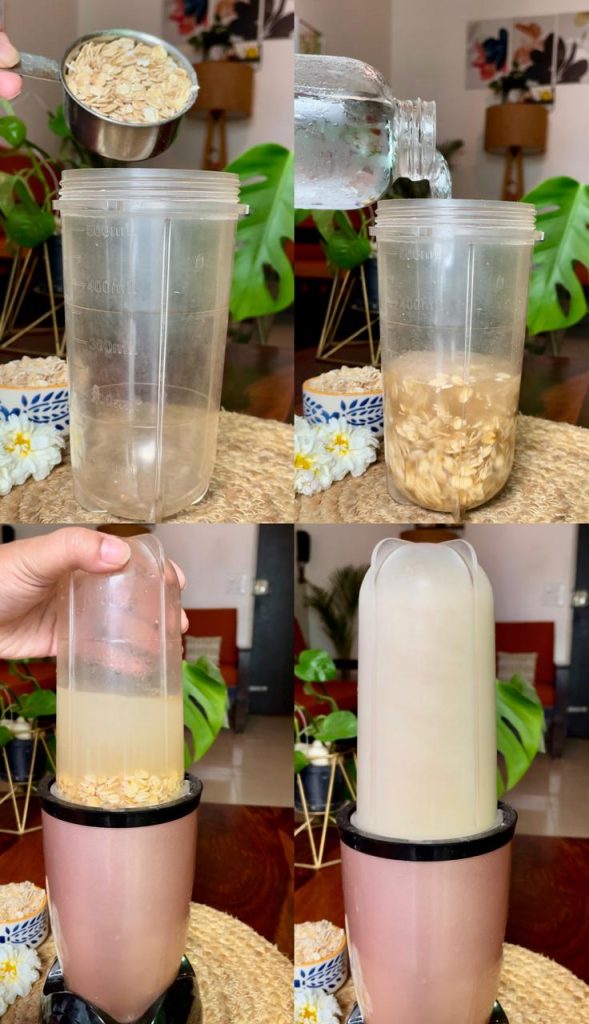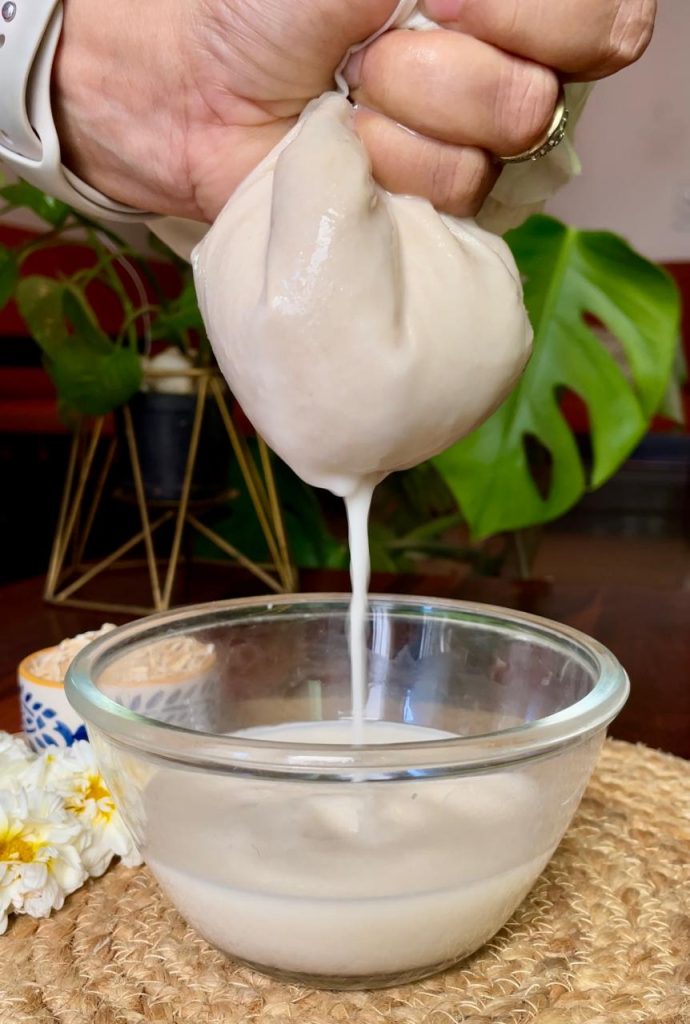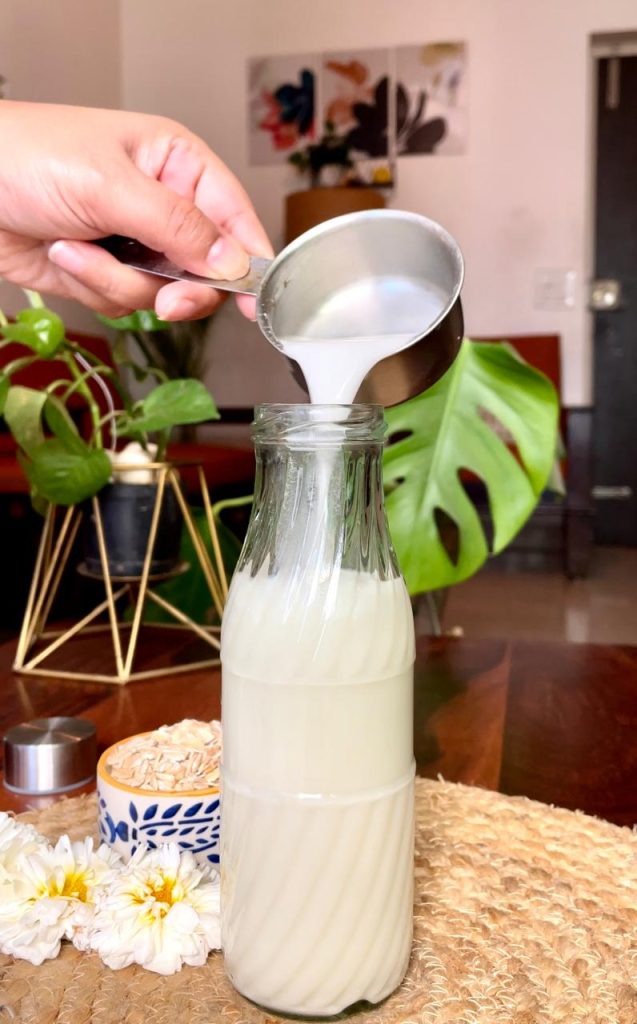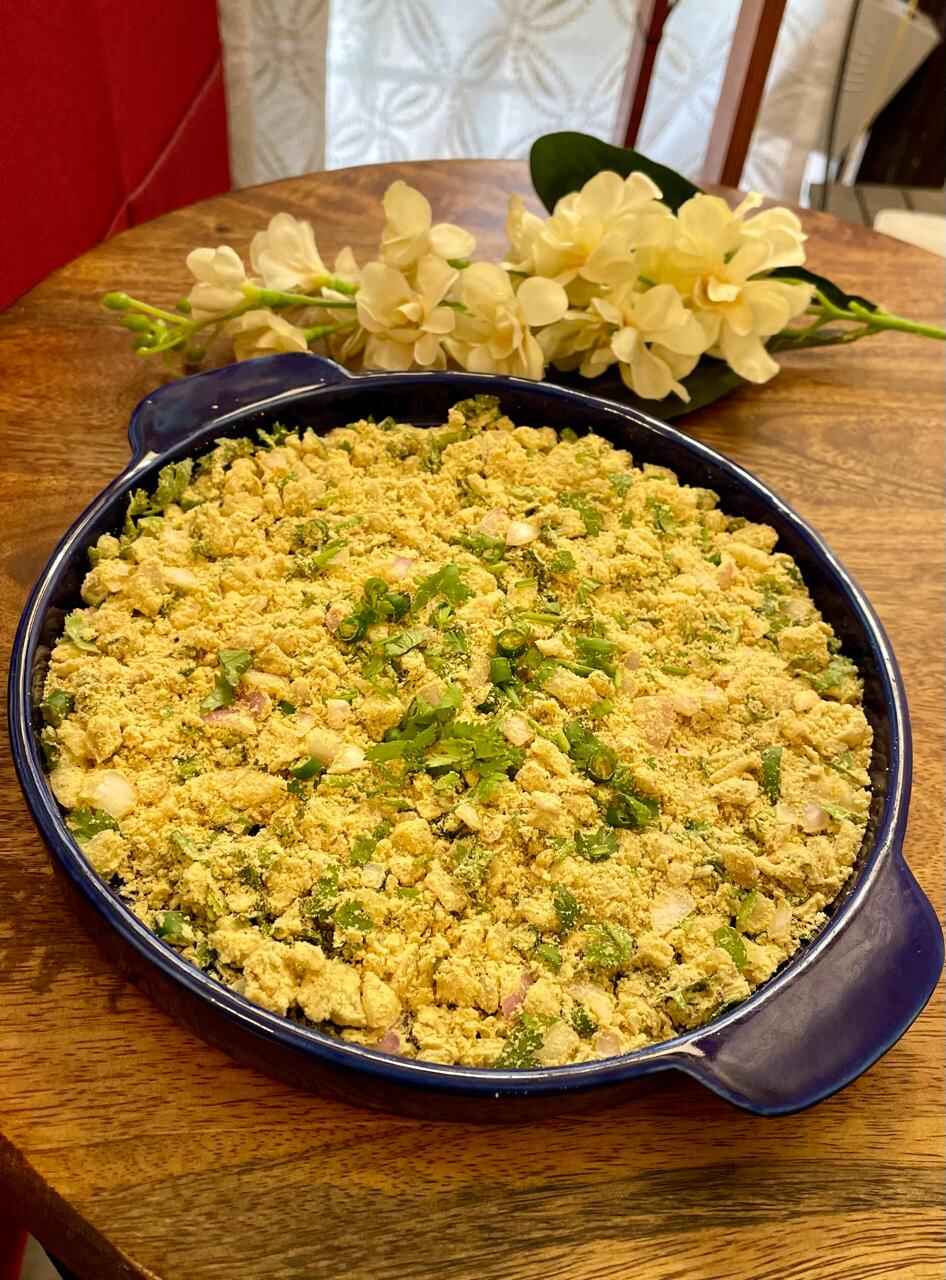
Sattu Chokha, a humble yet flavorsome dish, embodies the essence of simplicity. With no cooking involved and no intricate techniques required, it’s a true testament to the beauty of minimalism in cooking. Made primarily from roasted gram flour (sattu), this dish celebrates the natural flavors and nutritional benefits of its core ingredient. Mixed with an array of aromatic spices and fresh ingredients like onions, green chilies, and coriander leaves, Sattu Chokha is a delightful medley of textures and tastes. Whether enjoyed as a standalone snack or paired with your favorite accompaniments like rice or dal, this dish offers a taste of comfort and tradition in every bite.
Sattu chokha is a staple food in Bihari households, especially during the scorching summer months. This simple yet nutritious dish is known for its cooling properties and delightful taste. Traditionally enjoyed with dal chawal, sattu chokha is a perfect blend of flavors and health benefits.
Experience the wholesome goodness of Sattu Chokha – simple yet satisfying, and bursting with authentic flavors
Ingredients:
1 cup chana sattu
1 medium-sized onion, finely chopped
2 green chillies, finely chopped
A handful of coriander leaves, finely chopped
Juice of 1 lemon
1 tsp roasted cumin powder
1 tbsp mustard oil
Salt to taste
Instructions:
In a mixing bowl or plate, add chana sattu, roasted cumin powder and salt.
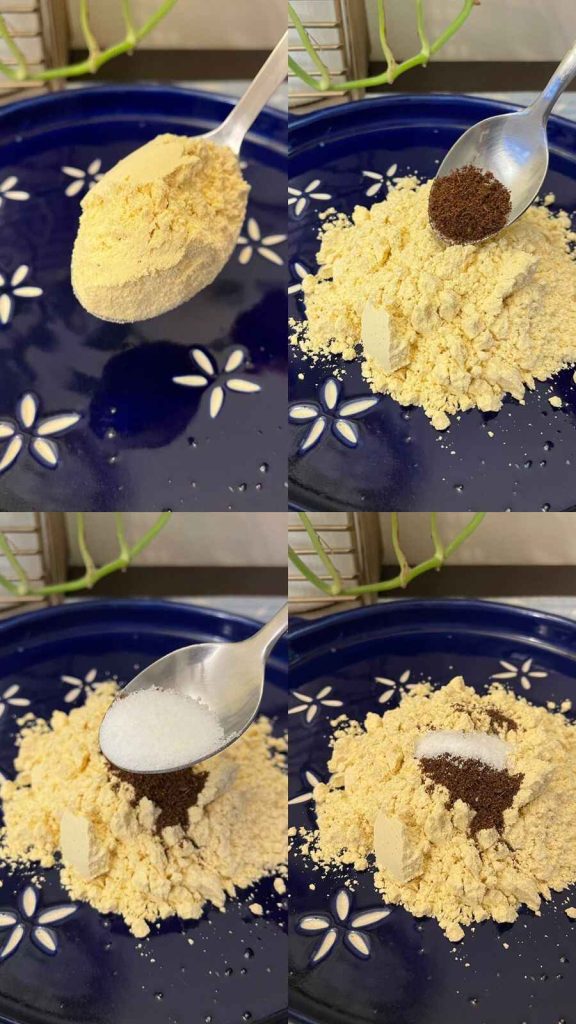
Now add finely chopped onion, finely chopped coriander leaves, green chillies and mustard oil.
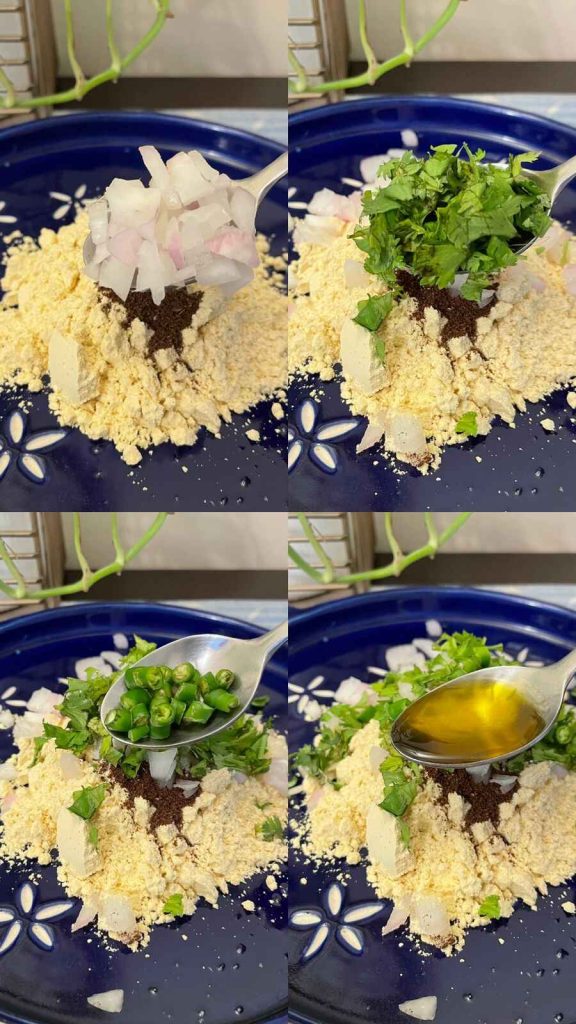
Now pour in the lemon juice and Mix everything together thoroughly until well combined. Taste and adjust seasoning if needed.
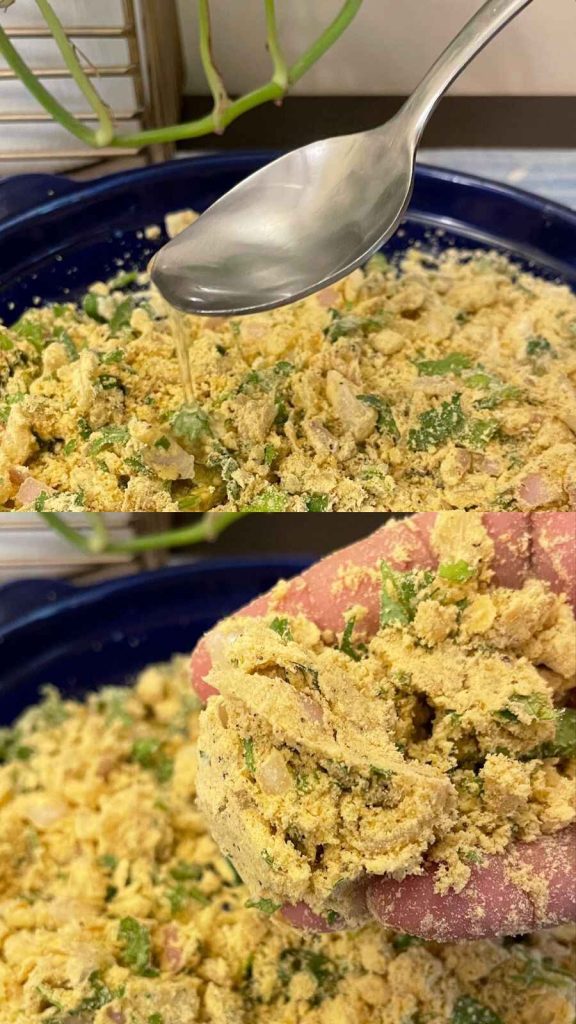
Serve the Sattu Chokha with rice or dal chawal. Enjoy the rustic flavors of this simple and nutritious dish!
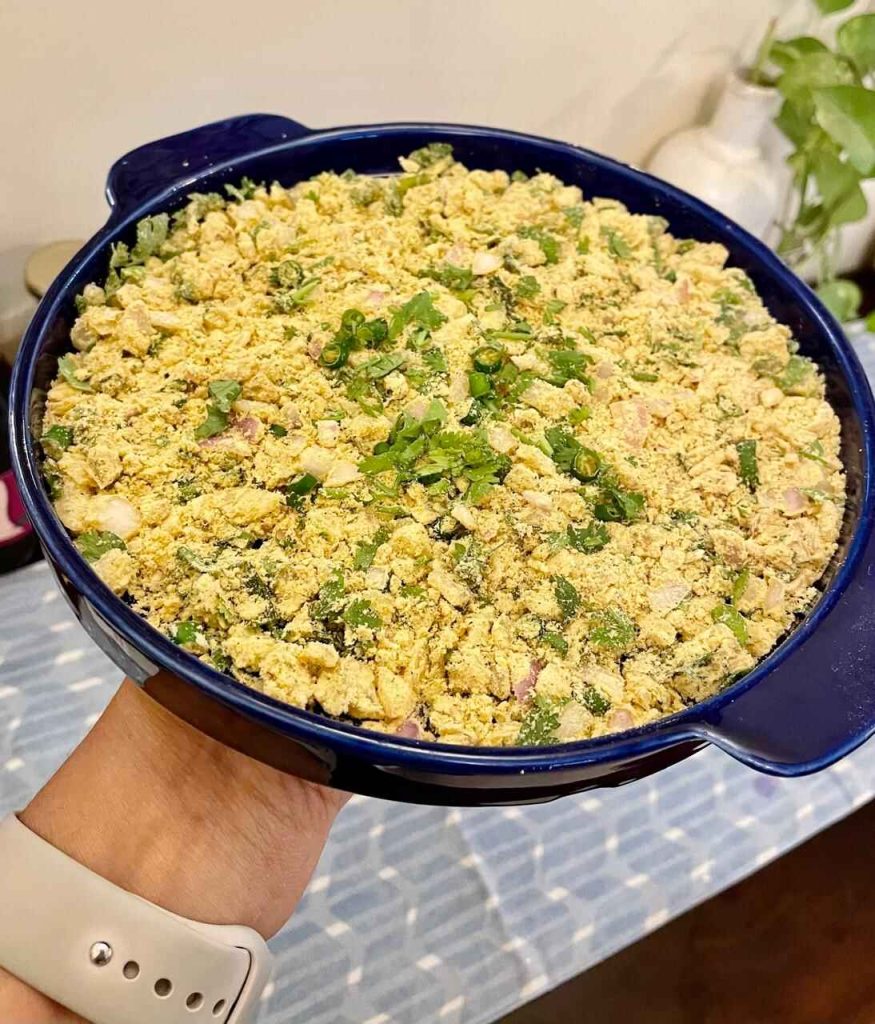
Note: You can adjust the quantity of green chillis and lemon juice according to your taste preferences. Additionally, you can also add finely chopped coriander leaves for extra freshness and flavor.
Sattu chokha is not just a dish; it’s a tradition passed down through generations, offering a perfect blend of taste and health. Enjoy this Bihari delicacy and relish the goodness of sattu!
You can make your own sattu at home or you can buy from numerous brands available online as well as offline. In case you are looking for a homemade, preservative free and authentic experience, without getting into hassle of grinding your own, you can always explore Masala Monk’s Sattu Mix, which ships all over India also you don’t have to add roasted cumin powder and salt separately in this mixture.
Do try the recipe and let me know in comments how it turns out. If you end up adding your own twist and experimenting, let me know as well – maybe I will try it that way and see how it feels.

